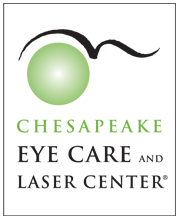What is Glaucoma?
Glaucoma affects the optic nerve of the eye, which is responsible for the delivery of visual signals from the eye to the visual processing centers of the brain. Glaucoma causes a slow loss of the nerve fibers that comprise the optic nerve, resulting in the development of a black spot in the vision. Glaucoma is an asymptomatic disease that can cause a slow and progressive loss of vision if untreated. Diagnosing Glaucoma requires an extensive eye examination that includes a visual field test to identify any suspicious symptoms affecting the optic nerve or the loss of an area of the visual field.



